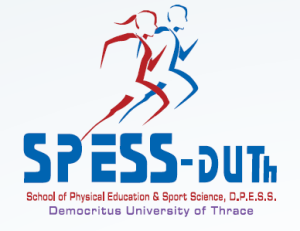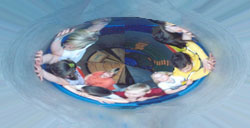“GROUP PSYCHOMOTOR THERAPY” IN CHILDREN
Group Psychomotor Therapy (GPT) is a therapeutic approach that can be implemented autonomously or as a support in children with socialization difficulties and poor selfconcept. Moreover, our 20-year experience in GPT supports its implementation in children with other neurodevemopmental disorders as well. In this paper, the key-features of Psychomotor Therapy are first discussed and then, the principles that the GPT follows are demonstrated; whereas, a roadmap for its implementation isl provided. Moreover, the objectives of eachlGPT session are discussed; the sections of which the GPT session consists (awakening; therapeutic core; relaxation rituals) are described, and the benefits that the use of a group-approach offers are analysed. Finally, taking into account the quite limited research evidence regarding the effects of PMT and GPT, the need for further research is underlined.
“GROUP PSYCHOMOTOR THERAPY” IN CHILDREN Read More »






